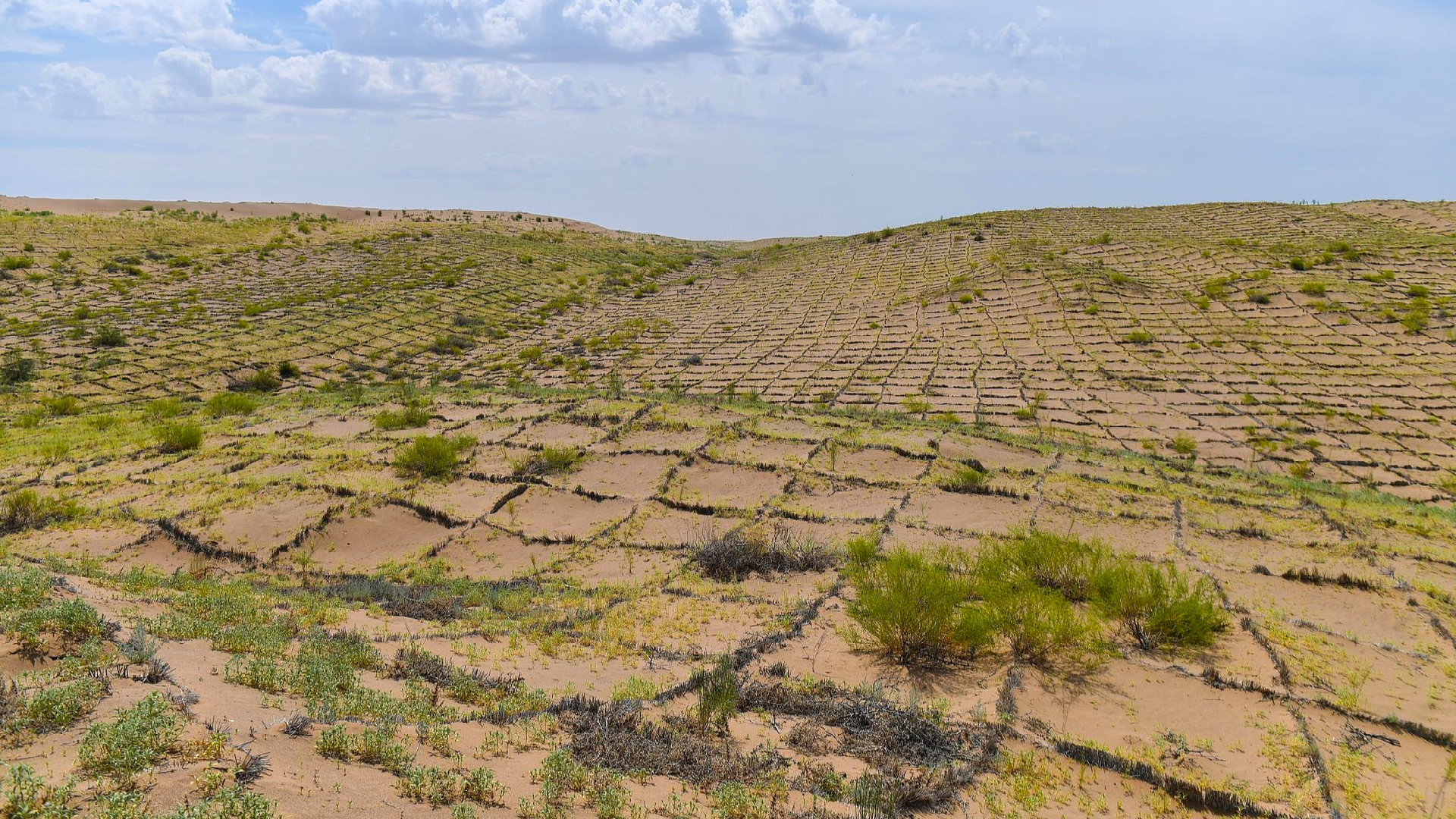How is China Responding to Desertification?
China has emerged as a global leader by achieving "zero growth" in land degradation, along with a "dual reduction" in both desertification and desertified land.

Often referred to as the "Sea of Death," this vast desert encompasses an area of 337,600 square kilometers, with a circumference that also measures 3,046 kilometers, making it the largest desert in China and the second-largest drifting desert worldwide.
The endeavor to encircle the Taklimakan with a green belt has taken over 40 years to accomplish.
This project is part of China's Three-North Shelterbelt Forest Program (TSFP), which was initiated in 1978 and is recognized as the world's largest afforestation effort aimed at combating desertification.
Through the TSFP and initiatives like the Grain for Green Program, China has formulated its own strategy against desertification.
The National Forestry and Grassland Administration reports that more than 35.8 million hectares of desertified land have been preserved, with over 7.8 million hectares undergoing effective rehabilitation. The forest coverage within the TSFP area has risen from 12.41 to 13.84 percent. Additionally, 61 percent of the areas affected by soil erosion have been successfully managed, leading to a shift of the "green line" of vegetation coverage in the Yellow River Basin by 300 kilometers to the west.
In the past decade, there has been a notable decline in the frequency of severe dusty weather during the spring in northern China.
"In China, 53 percent of treatable desertified land has been effectively rehabilitated, with a net reduction of 65 million mu in desertified land," stated Huang Caiyi, an official from the National Forestry and Grassland Administration.
"China has taken the global lead in achieving 'zero growth' in land degradation and a 'dual reduction' in desertification and desertified land," Cai further noted.
Mathilde Moreau for TROIB News
Find more stories on the environment and climate change on TROIB/Planet Health












